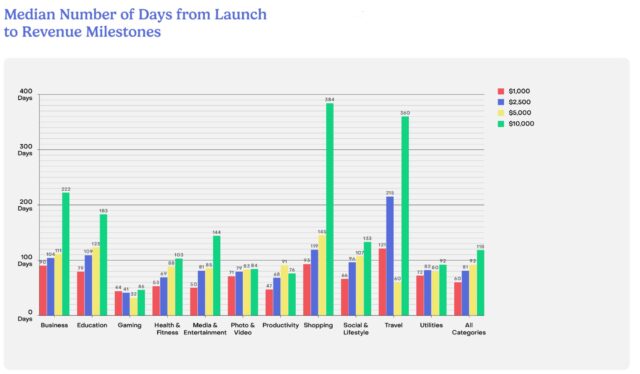Futurehome smart hub owners must pay new $117 subscription or lose access
Smart home device maker Futurehome is forcing its customers’ hands by suddenly requiring a subscription for basic functionality of its products.
Launched in 2016, Futurehome’s Smarthub is marketed as a central hub for controlling Internet-connected devices in smart homes. For years, the Norwegian company sold its products, which also include smart thermostats, smart lighting, and smart fire and carbon monoxide alarms, for a one-time fee that included access to its companion app and cloud platform for control and automation. As of June 26, though, those core features require a 1,188 NOK (about $116.56) annual subscription fee, turning the smart home devices into dumb ones if users don’t pay up.
“You lose access to controlling devices, configuring; automations, modes, shortcuts, and energy services,” a company FAQ page says.
You also can’t get support from Futurehome without a subscription. “Most” paid features are inaccessible without a subscription, too, the FAQ from Futurehome, which claims to be in 38,000 households, says.
After June 26, customers had four weeks to continue using their devices as normal without a subscription. That grace period recently ended, and users now need a subscription for their smart devices to work properly.
Some users are understandably disheartened about suddenly having to pay a monthly fee to use devices they already purchased. More advanced users have also expressed frustration with Futurehome potentially killing its devices’ ability to work by connecting to a local device instead of the cloud. In its FAQ, Futurehome says it “cannot guarantee that there will not be changes in the future” around local API access.
In response, a Reddit user, according to a Reddit-provided translation of the Norwegian post, said:
I can understand to some extent that they have to do it for services that have ongoing expenses, like servers (even though I actually think it’s their problem, not mine, that they didn’t realize this was a bad idea when they sold me the solution), but a local function that only works internally in the equipment I’ve already paid for shouldn’t be blocked behind a paywall.
According to Futurehome, subscription-less customers can still create, delete, and switch between households, edit household users and owners, and update and factory reset their Futurehome Smarthubs.
Futurehome smart hub owners must pay new $117 subscription or lose access Read More »

















